Building a shipping container home has become a popular trend for individuals seeking alternative living spaces that are both cost-effective and environmentally friendly. These homes are crafted from repurposed shipping containers, which provide a robust and modular foundation for construction. A significant draw for many is the potential for reduced building costs compared to traditional housing. However, the expenses involved in transforming a steel container into a habitable home vary widely based on several factors, including size, design complexity, and location.
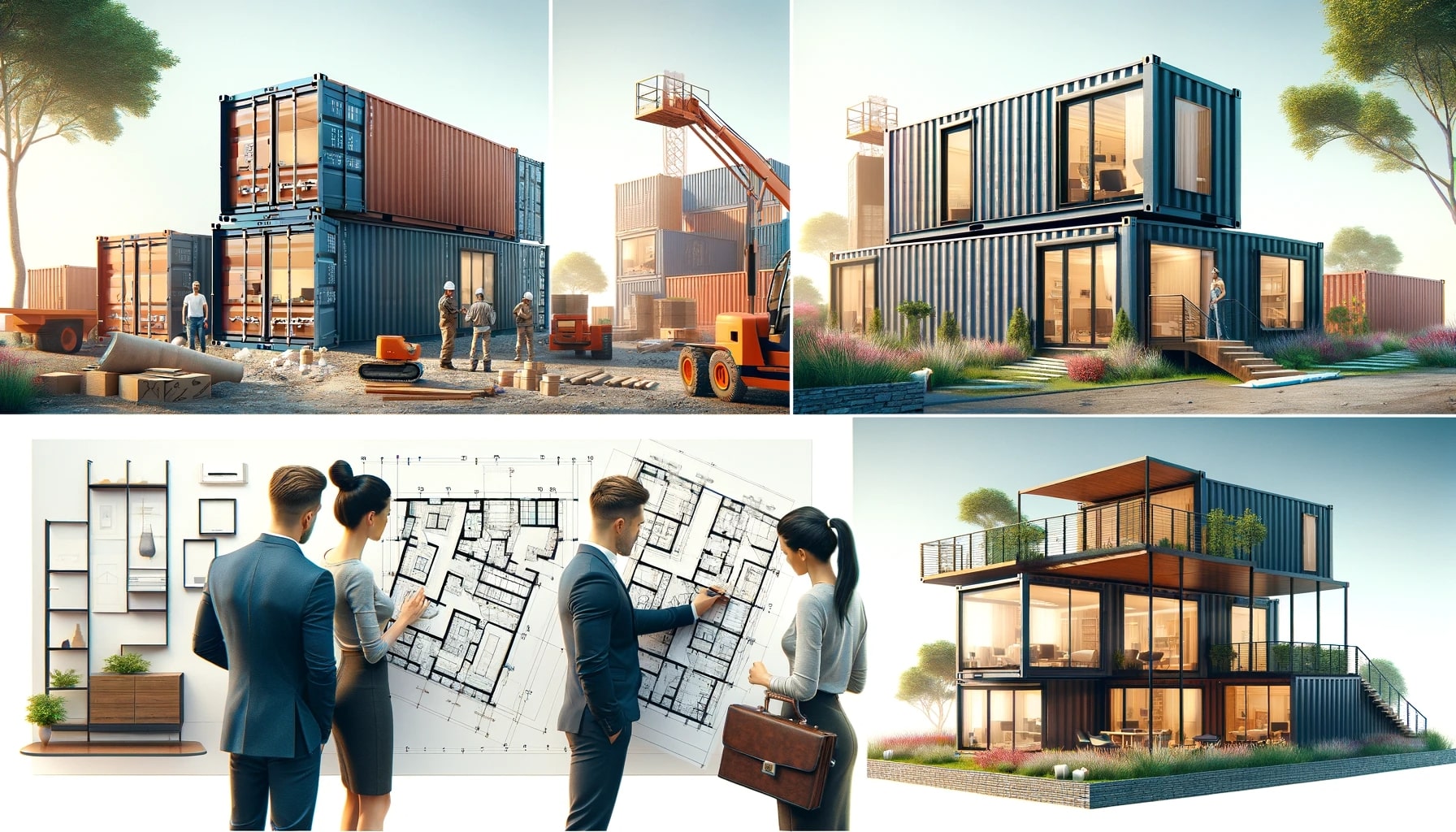
Research indicates that the costs for a single-container setup may start from as low as $25,000 but can climb to $80,000 or more, depending on the level of customization and finishes chosen. For those opting for multi-container structures, the investment can range from $80,000 to well over $250,000. The average cost per square foot for shipping container homes hovers between $150 to $350, with these figures including the expense of the container itself and the necessary modifications. Additional expenses, such as the installation of plumbing, electrical systems, insulation, and interior finishes, contribute to the overall budget.
Understanding the financial commitment required for building shipping container homes is crucial for prospective builders. While setting a budget, one must consider the preliminary costs of acquiring the containers and the subsequent expenses associated with site preparation, utility connections, and potential zoning or regulatory compliance issues. These homes are a unique blend of sustainability and innovation, offering a distinctive approach to residential construction. However, the attention to detail in planning and execution is paramount to avoid unexpected costs and ensure the project’s success.
Essential Considerations Before Building
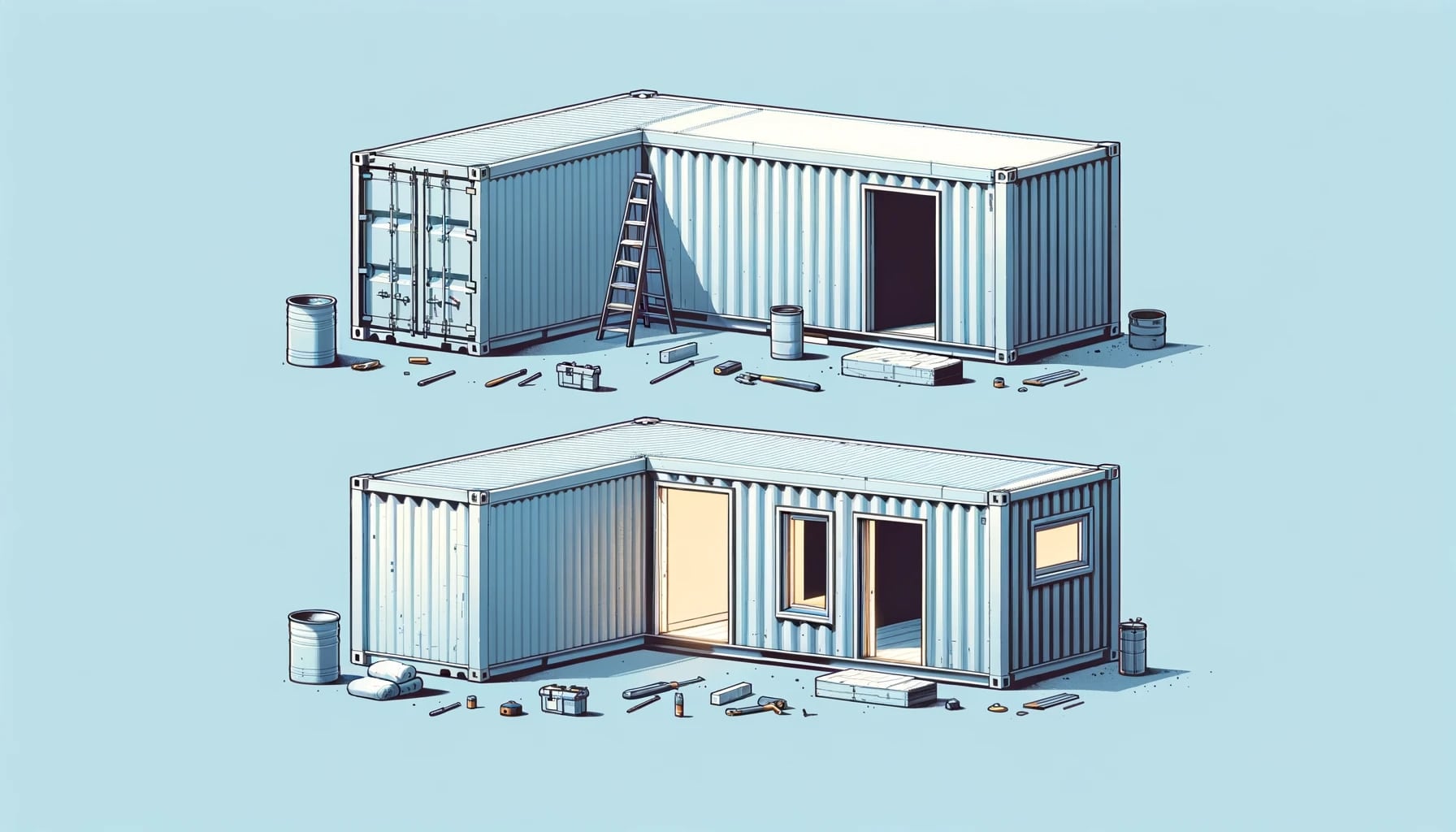
Before embarking on the journey to building a container home, it’s crucial to navigate a maze of building codes and understand the financial outlay. Taking time to select the right container and engaging in thorough research can facilitate a successful project.
Understanding Building Codes and Regulations
One must comprehend the local building codes and obtain necessary permits. Each region has regulations that dictate the construction process, from the foundation to the roof. Ensuring your design is code-compliant can prevent costly modifications later on. For instance, a shipping container home must meet specific structural and safety standards.
Selecting The Right Container
The choice of container is fundamental to the project’s success. Considering size and durability is paramount; a used container may be cost-effective but might require additional reinforcement. One should inspect the container for any signs of wear or damage, as this impacts longevity and the eco-friendly and energy-efficient qualities of the finished home.
Assessing Finances and Securing Loans
Building a container home incurs various expenses, so it’s essential to outline all potential financing options. Securing a loan may be necessary, and presenting lenders with a comprehensive cost breakdown can improve one’s chances. Remember, the cost of building a container home can vary greatly based on materials, labor, and the complexity of the design.
Performing Thorough Research
Thorough research is indispensable. One should investigate every aspect of the construction process, from the initial design to the final touches. This includes seeking out contractors experienced with container homes, understanding material costs, and considering the home’s energy efficiency. All this careful planning can ensure a more streamlined construction process.
Design and Planning
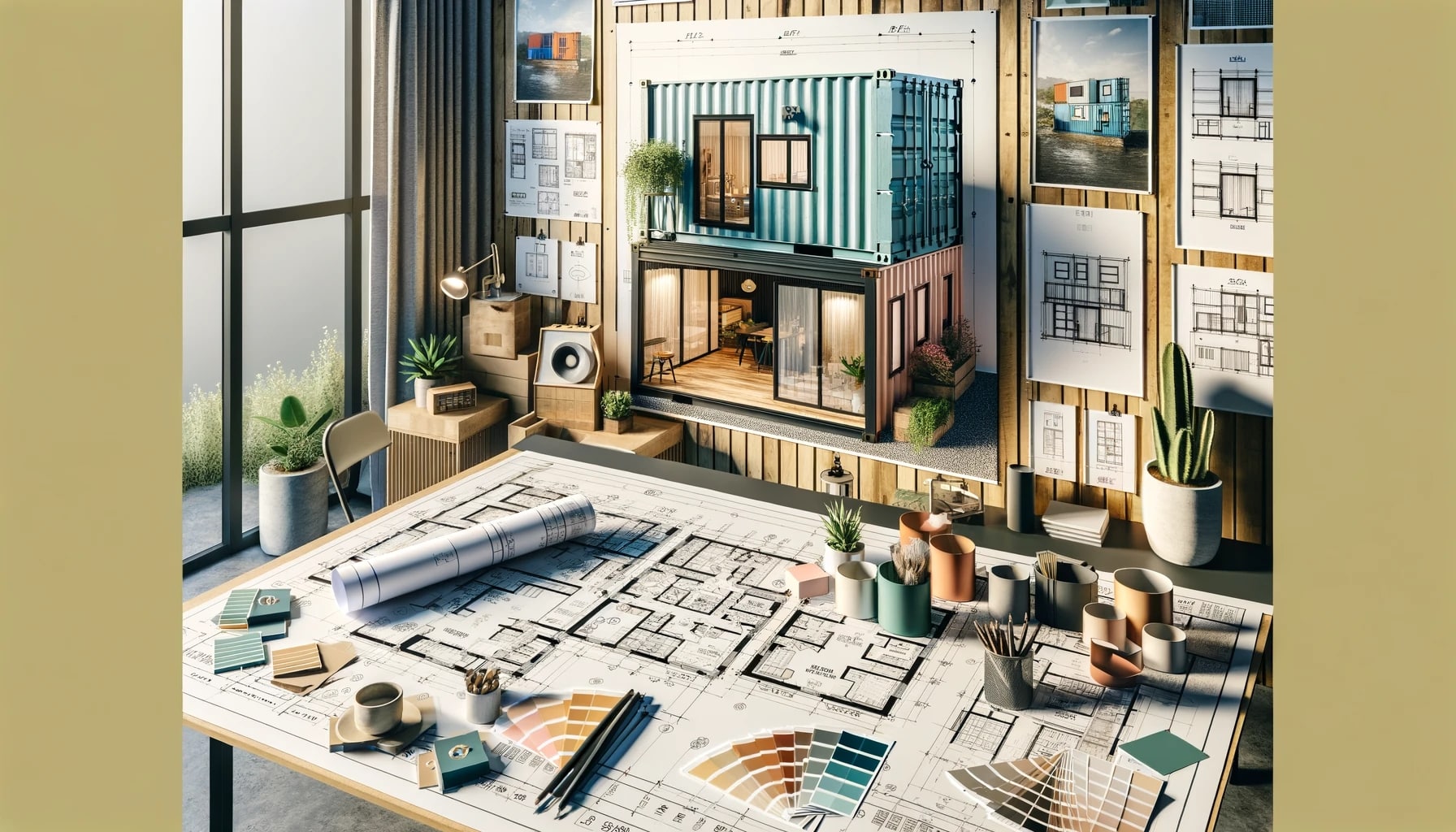
When building a container home, the design and planning stage is crucial for aligning cost with the envisioned end product. This phase entails detailed blueprints, energy efficiency considerations, and selecting the right materials.
Creating a Comprehensive Blueprint
A comprehensive blueprint is the cornerstone of creating a container dream home. It outlines the detailed floor plan and integrates any customization options that make the home unique and attractive. The blueprint must account for structural integrity, accommodate the desired fixtures, and allow for the inclusion of adequate windows and doors.
Considering Insulation and Energy Efficiency
For a container home to be energy-efficient, installing proper insulation is a key factor. The insulation plan should enable a comfortable indoor environment responsive to all climatic conditions. Moreover, strategically placed windows can capitalize on natural light, further enhancing energy savings compared to traditional homes.
Selecting Materials and Features
Choosing the right materials and features goes a long way in determining the home’s aesthetics and functionality. From durable flooring options to high-quality doors and energy-saving fixtures, every material selected can enhance the attractiveness and liveability of the home. It’s imperative that materials balance both quality and cost-efficiency, ensuring a final product that resonates with the homeowner’s preferences for a customizable and attractive living space.
Construction Essentials
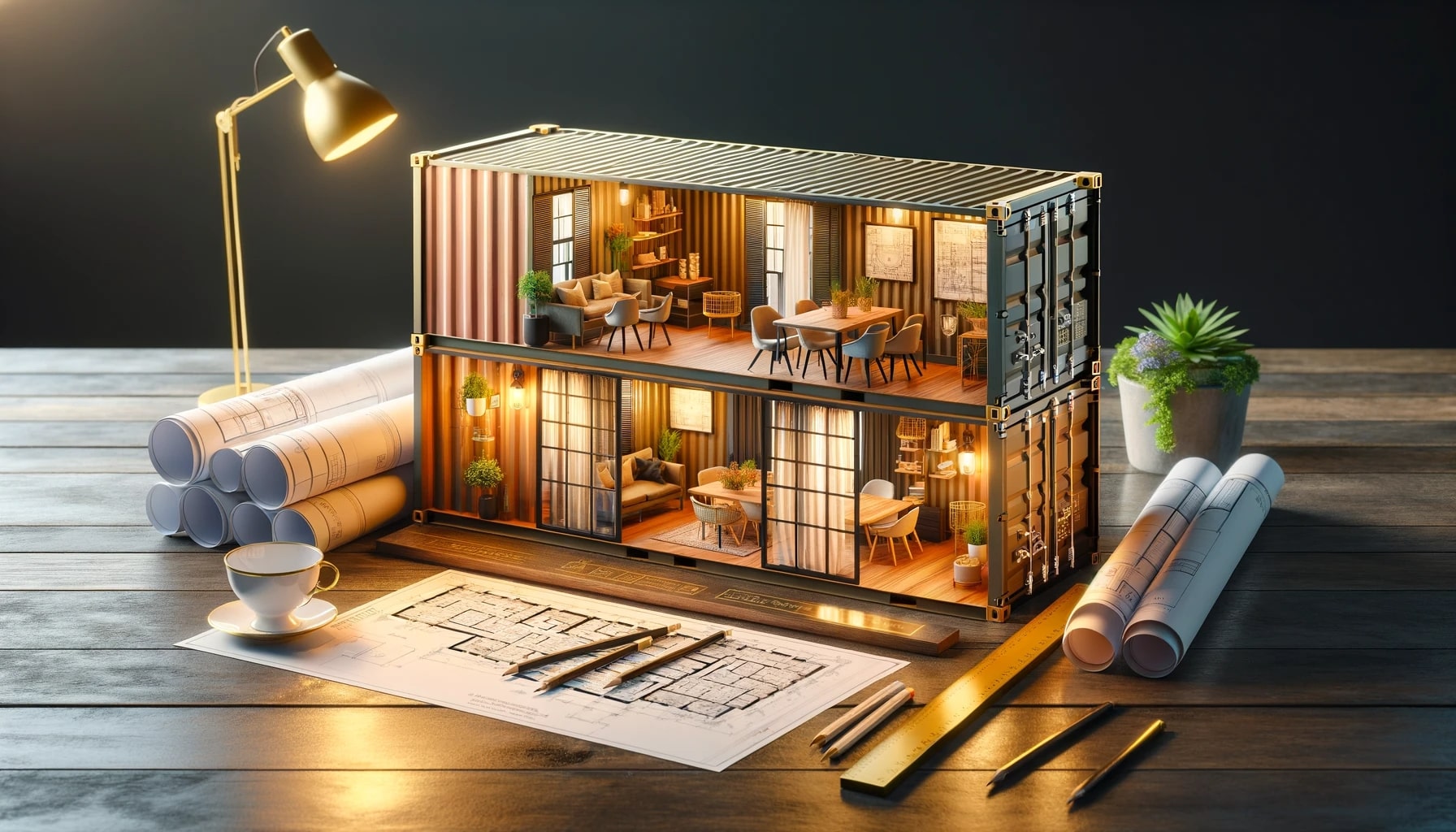
Building a shipping container home requires meticulous planning and execution. It involves laying a proper foundation, understanding detailed construction processes, and finishing both the exterior and interior meticulously.
Laying a Strong Foundation
The stability of a container home starts with a strong foundation. Options include a concrete slab, which is durable and provides a level base, or pier foundations, which can be more cost-effective and are ideal for uneven terrain. Properly anchored foundations prevent shifting and contribute to the longevity of the structure.
Understanding the Construction Process
Construction work for a shipping container home follows a sequence starting from modifying containers to installing them on-site. Structural integrity should be maintained throughout the process. Labor costs vary depending on factors like the complexity of design and local labor rates. Attention during the construction phase ensures safety and adherence to building codes.
Exterior and Interior Finishing
The exterior finish includes options like siding, which adds to aesthetic appeal and durability. On the interior, insulation is crucial for climate control, followed by installation of drywall and finishes. Selections for interior decor are vast, but should complement the structural design and personal style. Quality finishing touches can significantly enhance the livability of a container home.
Installation and Customization
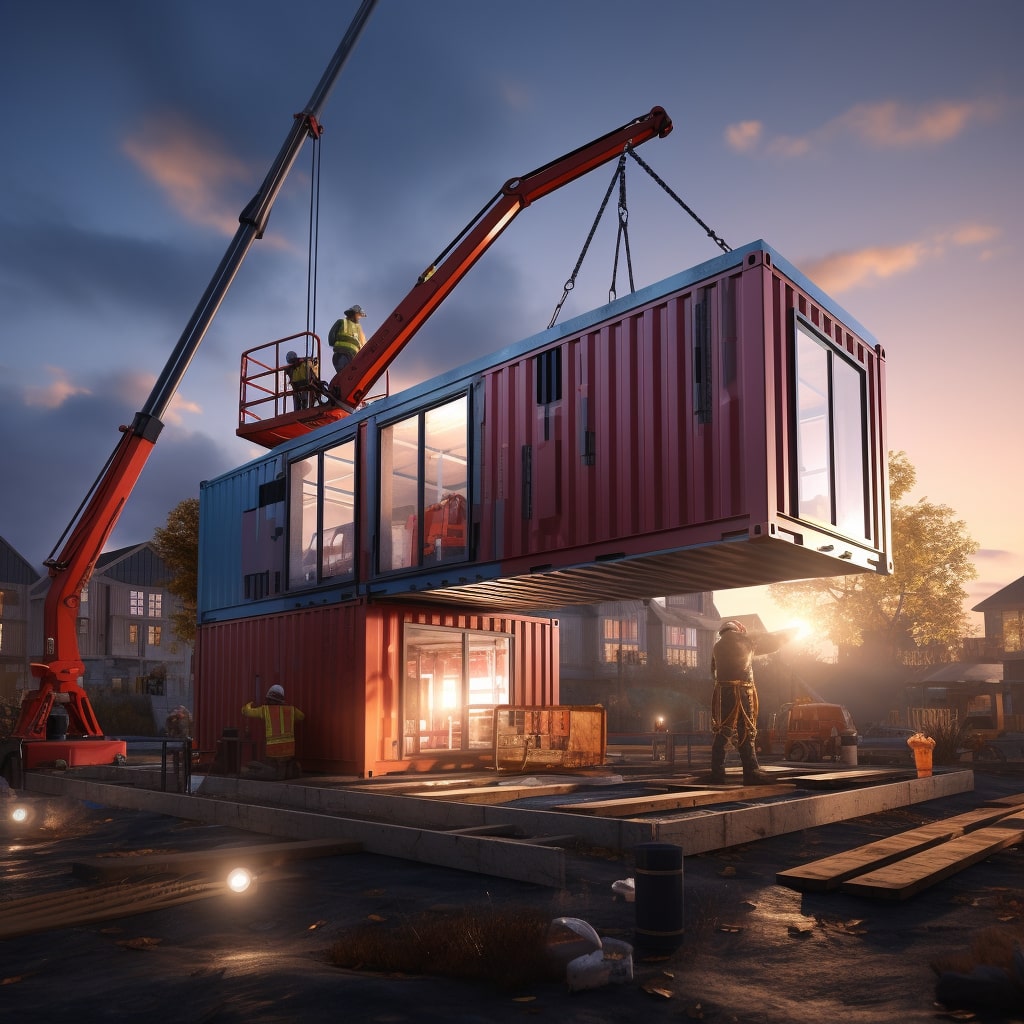
When building a container home, the installation and customization phase is crucial as it involves adding essential utilities and personal touches that transform a simple steel structure into a livable space. This stage requires careful planning and precision to ensure that the home functions efficiently and reflects the homeowner’s style preferences.
Plumbing, Wiring, and Appliances
Installing plumbing and wiring in a container home is a specialized task, often accounting for a significant portion of expenses due to the complexities of integrating these systems into a non-traditional structure. For instance, the cost of setting up plumbing typically ranges from $4,000 to $10,000, a necessary investment to ensure proper water supply and drainage.
Appliances further contribute to overall costs, with basic setups for necessities like heating, cooling, and cooking starting from $3,000 to $5,000. Selections vary based on energy efficiency, brand, and technology, allowing homeowners to customize their homes according to their budget.
- Plumbing:
- Material Costs: $1,000 – $4,000
- Labor Costs: $3,000 – $6,000
- Wiring:
- Material Costs: $1,500 – $3,000
- Labor Costs: $2,000 – $5,000
- Appliances:
- Basic Setups: $3,000 – $5,000
- High-End Models: $10,000+
Adding Doors, Windows, and Siding
The addition of doors and windows is a significant part of container home customization, impacting both appearance and functionality. On average, the cost to cut openings for windows and doors can be $100 to $500 per cut, excluding the price of the fixtures themselves. Homeowners must also consider insulation and framing in these costs.
Siding offers both aesthetic appeal and protection for the container. Its installation varies greatly, from straightforward metal sidings to more elaborate wood or composite materials. Prices range widely, with metal siding starting at around $5 to $10 per square foot, including installation.
- Doors & Windows:
- Opening Cuts: $100 – $500 per cut
- Fixtures: $200 – $2,000 per item
- Siding:
- Metal Siding: $5 – $10 per sq ft
- Wood/Composite Siding: $8 – $20 per sq ft
Customization like paint or special finishes can incur additional costs but are often subject to the homeowner’s choice and budget. Properly executed installation and customization not only ensure that container homes are comfortable and livable but can also prominently reflect the individuality of the homeowner.
Long-Term Considerations
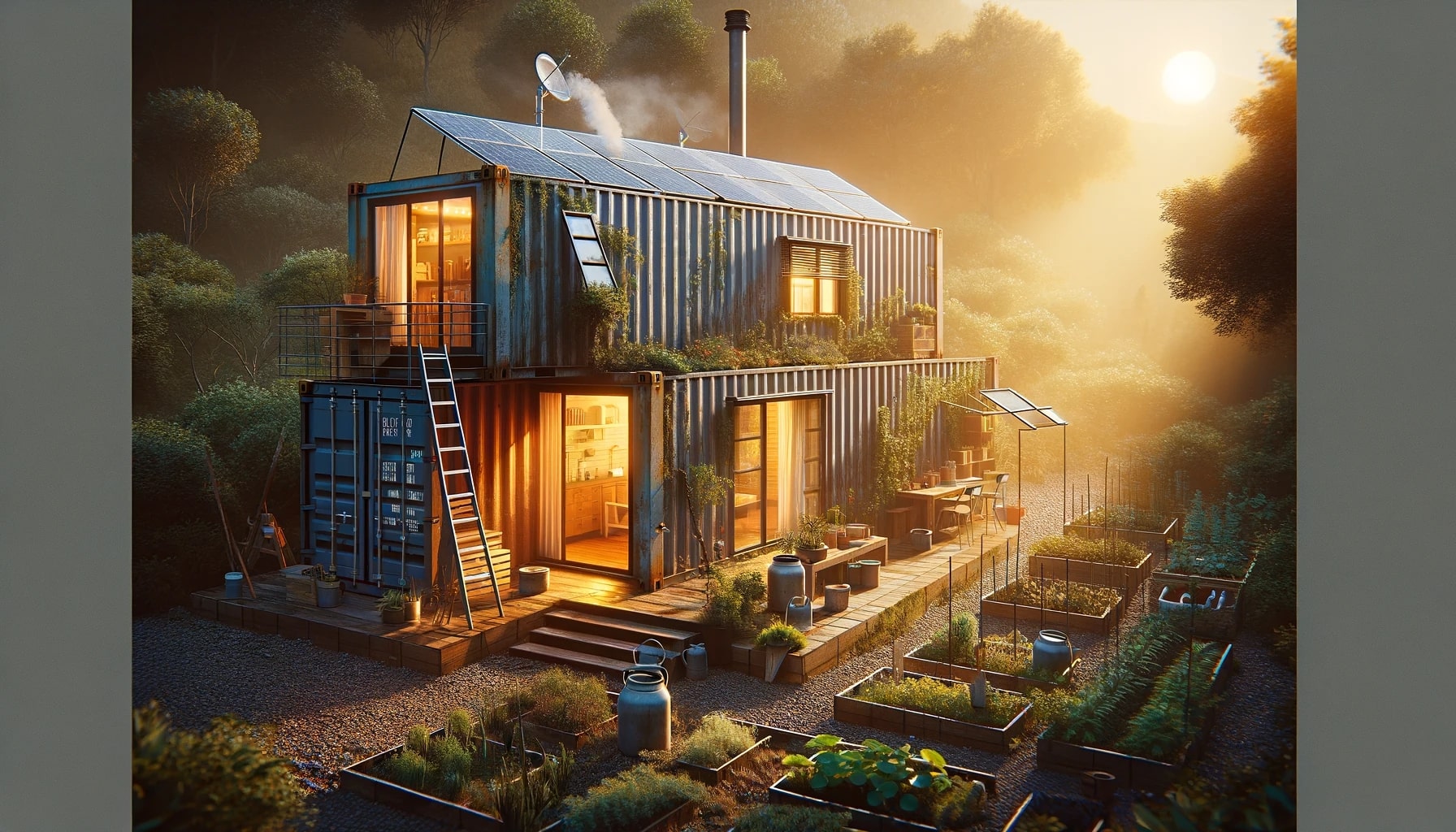
When one considers building a shipping container home, it’s crucial to understand the long-term implications associated with maintenance and sustainability. These homes are often lauded for their durable nature and potential for eco-friendly living, but they come with specific considerations that are unique to their construction.
Durability and Maintenance
Shipping container homes boast a reputation for durability, with the core structure resistant to many natural elements due to the robust steel composition. However, this does not exempt them from maintenance. Over time, the exterior of a container can be prone to rust if not properly treated. Owners must routinely inspect for and address any signs of corrosion. Additionally, insulation is a key factor; without it, a container may suffer from temperature extremes. Here are some points to consider for maintaining durability:
- Routine inspection and treatment for rust
- Application of protective paint coatings
- Installation of high-quality insulation materials to combat thermal inefficiency
Adherence to Eco-Friendly Practices
Eco-friendly practices are central to many individuals who choose alternative living spaces such as shipping container homes. The repurposing of containers already contributes to waste reduction. Additionally, integrating sustainable features can minimize the environmental footprint. Key practices include:
- Utilizing solar panels for renewable energy
- Implementing rainwater harvesting systems
- Choosing sustainable insulation materials such as sheep’s wool or cork
While shipping container homes can indeed support sustainable living, they require thoughtful planning to maximize their eco-friendly advantages. This often involves an upfront investment that can yield long-term environmental and financial benefits.
Cost Analysis
In assessing the financial implications of constructing a shipping container home, various factors come into play. From the cost of materials and labor to the distinction between DIY and professional services, this section provides a thorough breakdown.
Breaking Down the Cost of Building
The cost of building a shipping container home is influenced by the price of the containers themselves, which can vary substantially based on size and condition. Materials for insulation, interior walls, flooring, and fixtures add to the expense. For single-container homes, prices can range from $25,000 to $80,000, while larger or multi-container homes may cost between $80,000 to $250,000. The average construction cost is typically around $150 to $350 per square foot.
- Prefabricated options can also affect the price, potentially offering a more cost-effective solution over traditional building methods.
- Labor costs play a significant role and will vary depending on the complexity of the project and the rates in the specific area.
Comparing DIY vs. Professional Services
Choosing a DIY approach for constructing a container home can dramatically reduce labor costs, which can constitute a considerable portion of the total expenses. However, this requires a high level of skill and time commitment:
- DIY: Potentially lower overall expenditures but requires significant personal time investment and knowledge.
- Professional Services: Higher labor cost but benefits from expertise, efficiency, and often warranties for the work performed.
Estimating Total Expenses
When estimating total expenses for a container home, one must consider not only the construction costs but also financing options. Loans are typically sought to fund such projects, and the interest rate and terms of these loans will impact the final cost. Furthermore, budgeting for the unexpected is crucial, as project overruns can occur.
- Materials: Woods, metals, fixtures, and finishes.
- Labor: Skilled tradespeople like electricians, plumbers, and carpenters.
Itemized costs include but are not limited to:
- Shipping container purchase
- Site preparation
- Foundations
- Utilities setup (electrical, plumbing, HVAC)
- Insulation and interior work
- Exterior finishes
It is advisable for potential builders to consult with professionals to get accurate quotes tailored to their specific project scope and location.
Conclusion

Building a shipping container home has emerged as a cost-effective solution for many aspiring homeowners. These alternative living spaces offer a blend of modernity and sustainability, appealing to those looking for a personalized dream home without the traditional construction costs.
- Initial Costs: They typically incur lower starting costs compared to conventional homes, though prices can fluctuate.
In recent years, a single-container home might begin around the $30,000 mark, excluding land costs. For potential homeowners, this provides a significantly reduced barrier to entry.
- Customization: Tailoring a container to one’s taste can increase expenses. A standard build is affordable, but custom features and designs will escalate the budget.
It’s critical to factor in the complete scope of customization when calculating the overall investment. Homeowners often find the trade-off between uniqueness and cost to be well worth it, achieving a balance through careful planning.
- Market Variability: Prices for container homes have been affected by external factors such as the pandemic, which caused a shortage in container supply. This shortage might lead to higher costs, but this is subject to change as the market stabilizes.
Residents interested in constructing a container home can anticipate a considerable amount of savings. Nevertheless, they should prepare for unforeseen expenditures that might occur, ensuring their budget accounts for both the predictable and the unexpected. With the right planning and resources, a shipping container home can indeed become an economical and personalized living space.
